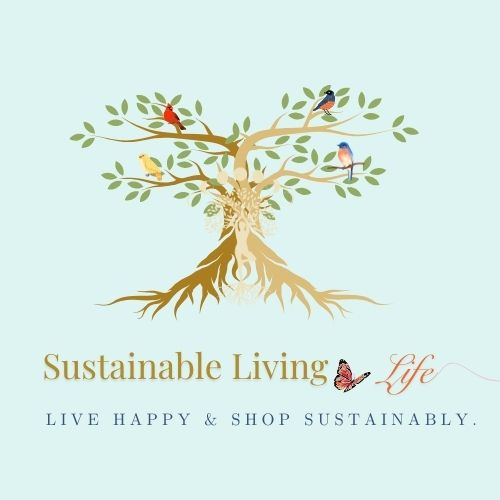
Kitchen Audit Check List and 20 Sustainable Kitchen Alternatives
Share
1. Kitchen Audit Checklist
- Plastic food containers with recycling codes 3, 6, or 7 (10 points)
- High-sugar breakfast cereals (9 points)
- Chemical-heavy all-purpose cleaners (9 points)
- Plastic wrap for food storage (8 points)
- Processed snacks with artificial additives (8 points)
- Nonstick cookware made with PFOA/PTFE (7 points)
- Disposable paper towels (7 points)
- Single-use plastic utensils (6 points)
- Packaged frozen meals with long ingredient lists (6 points)
- Canned goods with BPA linings (5 points)
- Synthetic air fresheners or sprays (5 points)
- High-sodium instant noodles (4 points)
- Aluminum foil for baking (4 points)
- Conventional dish soap with phosphates (4 points)
- Non-recyclable food packaging (3 points)
- Pre-portioned snack packs with lots of waste (3 points)
- Sugary drink powders (2 points)
- Disposable plastic straws (2 points)
- Conventional sponges with antimicrobial coatings (2 points)
- Plastic grocery bags used for food storage (1 point)
2. Sustainable Living Life Guide: 20 Kitchen Alternatives
20 eco-friendly and healthier switch to sustainable kitchen. Start with the most impactful changes and work down the list. Each alternative will align directly with an item from the kitchen audit list above.
- Glass or stainless steel food containers: Replace plastics to avoid BPA and other toxins.
- Whole grain cereals or oats: Cut out added sugars and artificial ingredients.
- Plant-based all-purpose cleaners: Reduce VOCs and improve indoor air quality.
- Silicone or beeswax wraps: Eco-friendly food storage that’s reusable.
- Fresh fruits and homemade snacks: Eliminate artificial additives and reduce packaging waste.
- Cast iron or stainless steel cookware: Non-toxic and long-lasting alternatives to nonstick pans.
- Reusable microfiber cloths: Cut out paper towel waste.
- Reusable utensils or bamboo cutlery: Replace single-use plastics with more sustainable options.
- Homemade freezer meals with simple ingredients: Avoid the additives and excess sodium in pre-packaged frozen foods.
- BPA-free or glass jarred goods: Ensure safer food storage and canning.
- Natural essential oil diffusers: Replace synthetic air fresheners for better indoor air quality.
- Fresh veggies and whole grains for quick meals: Reduce dependence on instant noodles and sodium-heavy foods.
- Parchment paper or silicone baking mats: Replace aluminum foil for a healthier, reusable option.
- Biodegradable, phosphate-free dish soaps: Better for waterways and family health.
- Compostable or fully recyclable packaging: Minimize waste and lower your kitchen’s environmental footprint.
- Bulk snacks in reusable containers: Less waste, more control over ingredients.
- Herbal teas or infused water: A healthier, plastic-free way to flavor drinks.
- Stainless steel straws or glass straws: Durable, sustainable alternatives to disposables.
- Natural cellulose sponges or brushes: Eco-friendly cleaning tools without harmful coatings.
- Reusable cloth grocery bags for storage: A versatile alternative that helps reduce plastic waste.
Down Load the List in PDF - HERE -> Kitchen Audit Check List .pdf
Source References
- Environmental Working Group (EWG): Guides on non-toxic cleaners and cookware
- Center for Environmental Health: BPA-free products and healthy cooking materials
- Harvard T.H. Chan School of Public Health: Studies on processed foods and sugary cereals
- U.S. Environmental Protection Agency (EPA): Recommendations on sustainable food storage and reducing single-use plastics
Jane Ho is the founder of Sustainable Living Life, who set her life goals to helping families create toxin-free, eco-conscious and healthier homes. Follow along for weekly tips and sustainable swaps that make green & healthy living effortless!
Related Articles
🔗 How to Conduct a Kitchen Audit for Hidden Toxins
🔗 The Hidden Link Between Eco-Friendly Living and Family Wellness
